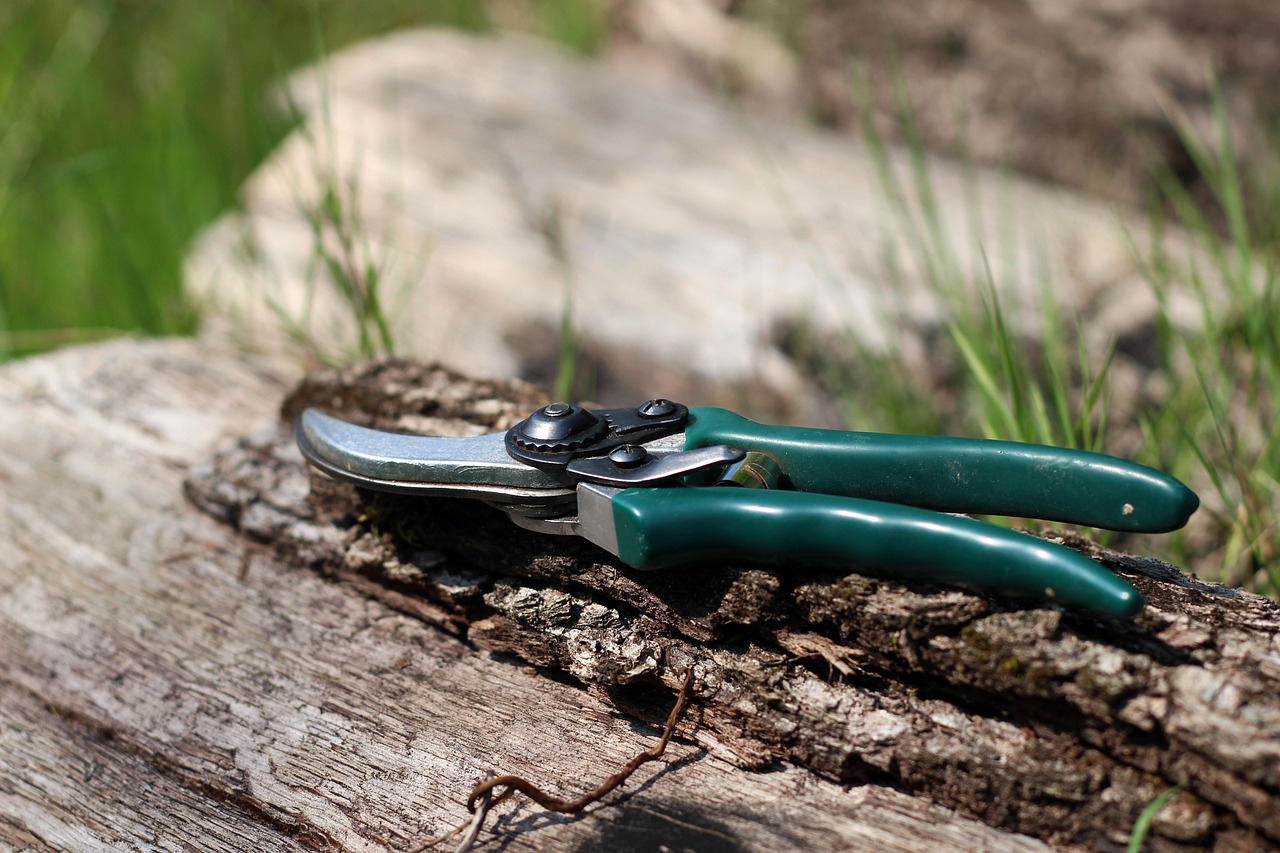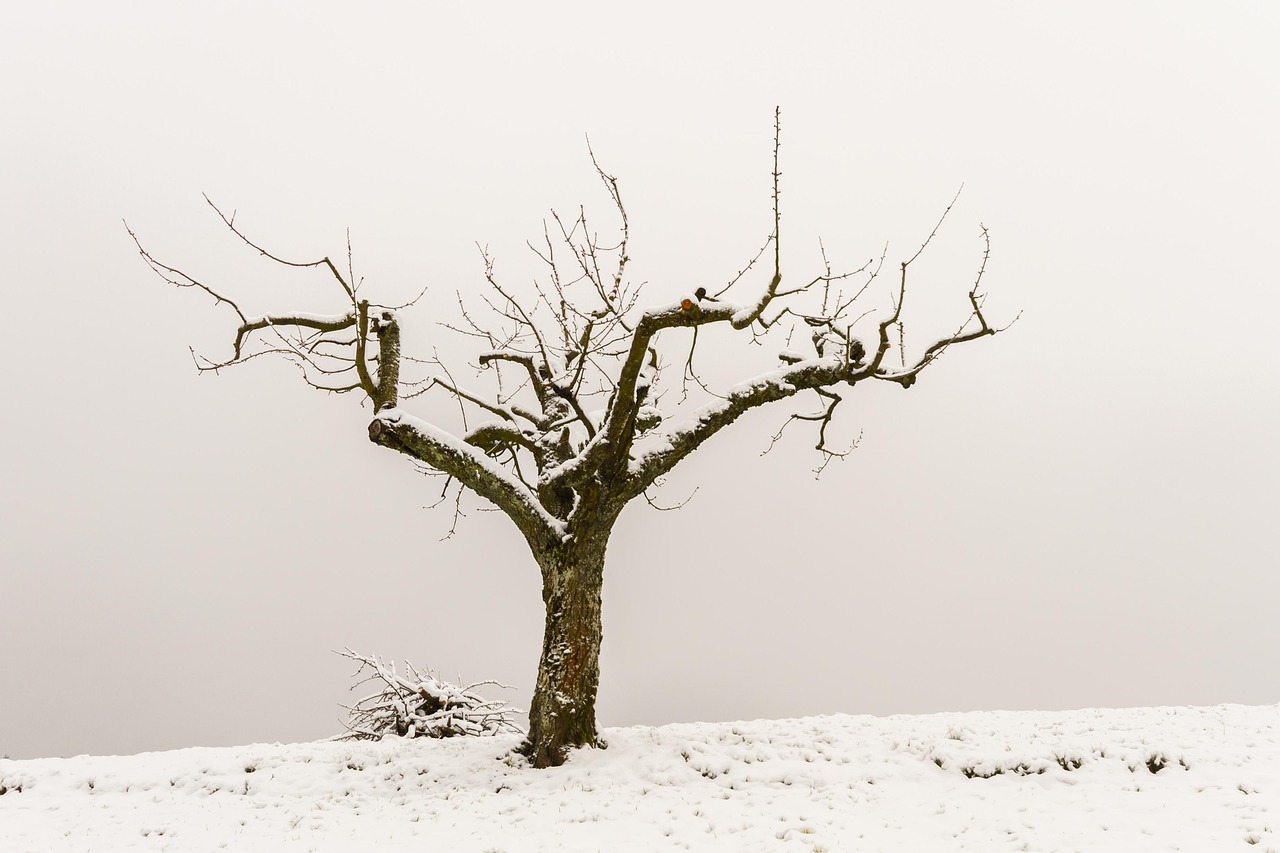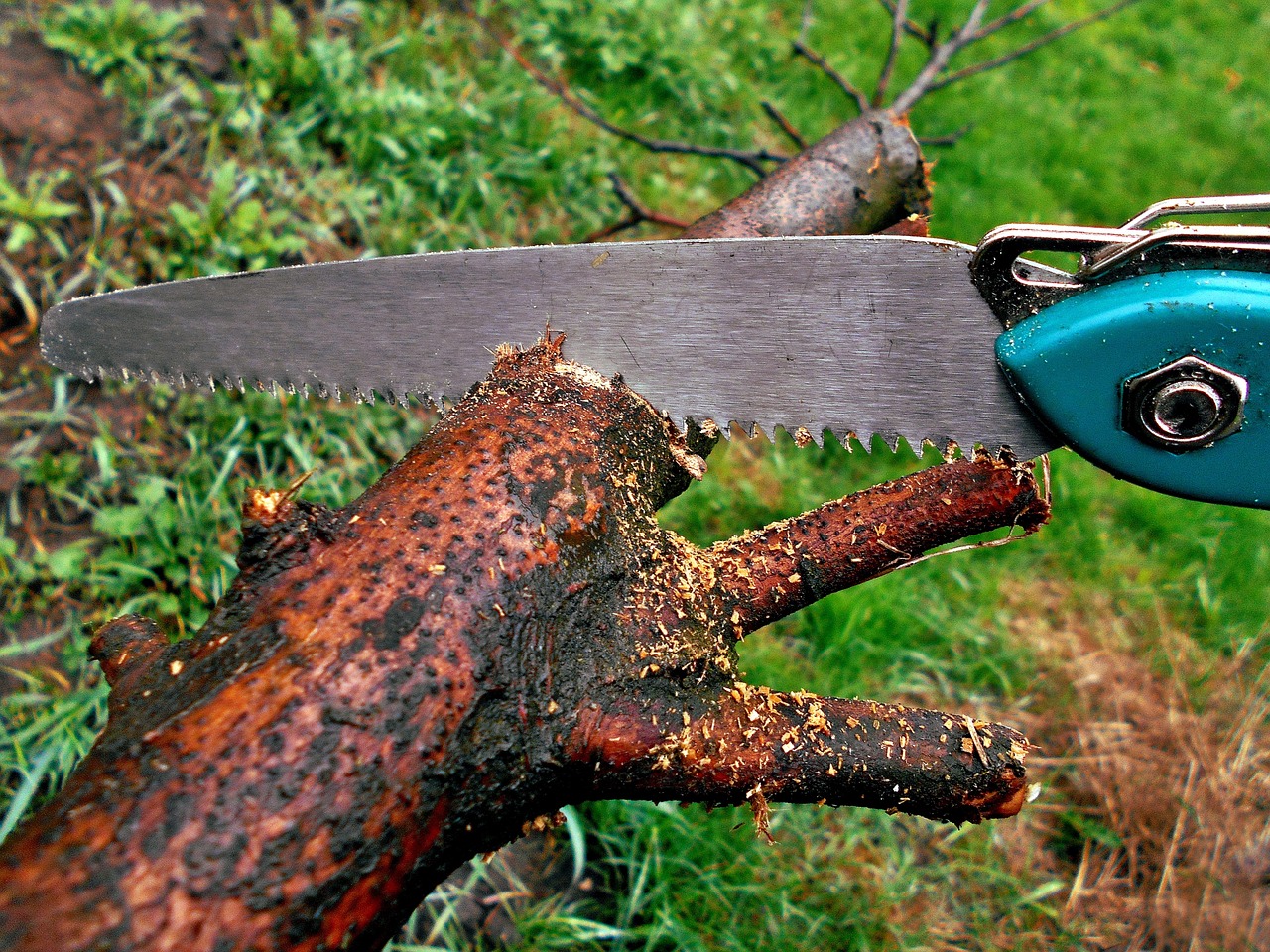Winter pruning of hardy ornamental evergreen trees is essential for promoting healthy growth and maintaining their shape. This process helps remove dead or diseased branches, enhances air circulation, and encourages new growth in the spring.
Ornamental evergreen trees play a vital role in landscaping. They provide year-round beauty and structure to gardens, parks, and yards. Unlike deciduous trees, which lose their leaves in winter, evergreens retain their foliage. This characteristic makes them a popular choice for winter landscapes. However, even these resilient trees require care to thrive.

Winter pruning is the ideal time for several reasons. First, the dormant season reduces stress on the tree, minimizing sap loss. Second, without leaves, it’s easier to see the structure of the tree, making it simpler to identify branches that need trimming. Third, pruning during winter helps prevent damage that could occur during the growing season.
The Benefits of Winter Pruning
There are numerous advantages to pruning your evergreen trees in winter. Understanding these benefits can help you appreciate the importance of this seasonal task.
- Improved Air Circulation: Pruning removes overcrowded branches, allowing better airflow. This helps reduce the risk of fungal diseases.
- Enhanced Light Penetration: Thinning out branches lets more light reach the inner parts of the tree. This can stimulate healthier growth.
- Shape Maintenance: Regular pruning helps maintain a pleasing form and size, ensuring your trees fit well within your landscape design.
- Increased Safety: Removing dead or weak branches reduces the chance of them falling during storms or heavy snow.
Understanding the specific needs of your evergreen trees is crucial for effective winter pruning. Different species may require different techniques or timing. Below is a table outlining some common hardy ornamental evergreen trees and their general pruning guidelines.

| Tree Species | Pruning Time | Notes |
|---|---|---|
| Pine | Late Winter to Early Spring | Remove dead or damaged branches; avoid heavy pruning. |
| Spruce | Winter | Thin out crowded areas; shape as needed. |
| Cedar | Late Winter | Prune lightly; focus on dead or diseased branches. |
| Holly | Winter | Maintain shape; remove any old wood. |
Before starting the pruning process, it’s essential to gather the right tools. Using sharp and clean tools helps make precise cuts, minimizing damage to the tree. Common tools include hand pruners, loppers, and saws. Always disinfect your tools before and after use to prevent spreading diseases between plants.
Pruning Techniques
Different techniques can be employed depending on the type of evergreen tree and its condition. Here are some commonly used methods:
- Thinning: This technique involves selectively removing branches to improve airflow and light penetration. It enhances the overall health of the tree.
- Heading Back: This method entails cutting back longer branches to promote bushier growth. It is particularly useful for maintaining size and shape.
- Cleansing: This involves removing dead or diseased branches entirely. It’s crucial to cut back to healthy wood to encourage healing.
When pruning, always identify the branch collar—the swollen area where a branch meets the trunk. Make cuts just outside this area to promote faster healing and reduce the risk of decay.

Additionally, consider the overall shape you want your tree to achieve. Pruning should enhance its natural form rather than drastically alter it. Step back periodically while working to ensure you’re achieving a balanced look.
Timing Your Pruning
The timing of your winter pruning can significantly affect its success. While late winter is generally preferred, specific conditions should be considered:
- Temperature: Ensure that temperatures are consistently below freezing to minimize sap loss.
- Snow Cover: If heavy snow covers branches, wait until it melts before starting to avoid damaging them.
- Dormancy: Confirm that your trees are fully dormant before proceeding with pruning activities.
Caring for your ornamental evergreens in winter through proper pruning will yield beautiful results in spring. Healthy trees can add lasting value and appeal to your landscape.

Common Mistakes in Winter Pruning
Even experienced gardeners can make mistakes when pruning evergreen trees in winter. Understanding these common pitfalls can help ensure that your pruning efforts are effective and beneficial for your trees.
- Pruning at the Wrong Time: Performing pruning too early or late can stress the tree. Always wait until the tree is fully dormant.
- Using Dull Tools: Dull tools can tear rather than cut, causing damage. Always ensure your tools are sharp and well-maintained.
- Over-pruning: Removing too many branches can harm the tree. Focus on selective pruning to promote healthy growth.
- Ignoring Tree Species Needs: Different evergreen species have varying requirements. Research and understand the specific needs of your trees.
- Neglecting Cleanup: Leaving cut branches and debris can harbor pests and diseases. Clean up after pruning to maintain a healthy environment.
Understanding Tree Growth Patterns
To prune effectively, it is crucial to understand how evergreen trees grow. Unlike deciduous trees, evergreens grow differently throughout the year. Recognizing these patterns will help you make informed decisions during pruning.
Evergreen trees primarily grow in two phases: active growth, which occurs in spring and summer, and slow growth during fall and winter months. During winter, these trees conserve energy and resources, which is why pruning should be minimal but strategic.
Types of Growth in Evergreens
Evergreens exhibit two types of growth:
- Terminal Growth: This is the vertical growth at the tips of the branches. It tends to be more pronounced in the spring when new shoots emerge.
- Lateral Growth: This includes the side branches that develop throughout the growing season. Proper pruning can encourage healthier lateral growth and a fuller appearance.
Understanding these growth patterns allows you to shape your trees effectively. Properly timed and placed cuts can promote vigorous growth and enhance the tree’s natural beauty.
Tools for Winter Pruning
The right tools are essential for successful winter pruning. Each tool serves its purpose, and using them correctly will help you achieve better results.
Essential Pruning Tools
- Hand Pruners: Ideal for small branches up to ¾ inch thick. They provide precision for detailed work.
- Loppers: These are used for larger branches, typically up to 2 inches thick, providing greater leverage with longer handles.
- Saws: Pruning saws or pole saws are necessary for larger limbs that cannot be cut with pruners or loppers.
- Garden Gloves: Protect your hands from cuts and scrapes while working.
- Disinfectant: Keep a solution handy to clean tools between cuts to prevent disease transmission.
Maintaining Your Tools
Taking care of your tools is just as important as having the right ones. Here are some tips for maintenance:
- Clean After Use: Remove sap and debris after each use to prevent rust and damage.
- Sharpen Regularly: Keep blades sharp to ensure clean cuts. Dull blades can tear bark, leading to injury.
- Oil Moving Parts: Regularly oil any moving parts to keep them functioning smoothly and prevent rust.
Post-Pruning Care
After pruning, it is essential to provide proper care to help your evergreen trees recover and thrive. Here are some steps you can take:
- Watering: Ensure your trees receive adequate water, especially during dry spells. This aids recovery after pruning.
- Mulching: Apply a layer of mulch around the base of the tree. Mulch retains moisture and regulates soil temperature.
- Pest Monitoring: Keep an eye out for any signs of pests or diseases after pruning. Early detection is key to treatment.
Caring for your trees after pruning will ensure they remain healthy and continue to enhance your landscape. The combination of proper technique, tools, and aftercare contributes to the long-term success of your ornamental evergreens.
Signs of a Healthy Evergreen
After completing winter pruning, it is important to recognize the signs of a healthy evergreen tree. This awareness can guide you in maintaining their health throughout the year.
- Lush Foliage: Healthy evergreens will have vibrant green needles that appear full and lush.
- Strong Structure: A well-pruned tree will have a balanced structure without crowded branches.
- No Pests or Diseases: Inspect your tree regularly for any signs of pests or diseases such as discolored leaves or unusual growths.
A healthy evergreen tree not only enhances the beauty of your landscape but also contributes positively to the ecosystem by providing habitat and food for wildlife.
Common Evergreen Species for Winter Pruning
When it comes to winter pruning, understanding the types of hardy ornamental evergreen trees is essential. Different species have unique characteristics and growth habits, which affect how and when they should be pruned. Below, we will explore some of the most common evergreen species and their specific pruning needs.
Pine Trees
Pine trees are among the most popular evergreen species. They are known for their long needles and distinctive cones. Common varieties include Eastern White Pine and Scotch Pine. Here are some key points for pruning pine trees:
- Best Time to Prune: Late winter before new growth begins.
- Pruning Technique: Remove dead or damaged branches. Avoid cutting back healthy branches excessively, as this can lead to stress.
- Growth Habit: Pines typically have a natural shape that should be preserved. Focus on thinning rather than heavy pruning.
Spruce Trees
Spruce trees are another popular choice for landscapes. They have short, stiff needles and a conical shape. Common species include Norway Spruce and Colorado Blue Spruce. Important considerations for pruning spruce trees include:
- Best Time to Prune: Winter is ideal as the tree is dormant.
- Pruning Technique: Thin out crowded branches and remove any dead wood. Be careful not to cut into the leader branch.
- Growth Habit: Spruces respond well to light pruning but can be damaged by excessive cutting.
Cedar Trees
Cedar trees are known for their aromatic wood and distinctive foliage. Common varieties include Eastern Red Cedar and Western Red Cedar. Here’s how to effectively prune cedar trees:
- Best Time to Prune: Late winter or early spring before new growth starts.
- Pruning Technique: Remove dead branches and thin out older wood to encourage new growth. Be cautious with shaping.
- Growth Habit: Cedars can tolerate heavy pruning but should not be cut back too drastically.
Environmental Considerations for Pruning
When pruning evergreen trees, it is important to consider environmental factors that can impact the health of your trees. Being mindful of these aspects can enhance the effectiveness of your winter pruning.
Soil Quality
The quality of the soil where your evergreen trees grow plays a significant role in their overall health. Healthy soil promotes strong root systems, which are essential for nutrient uptake. Here are some important soil considerations:
- Nutrient-Rich Soil: Ensure the soil is rich in organic matter to support tree health.
- pH Levels: Test soil pH; most evergreens prefer slightly acidic to neutral soil (pH 6.0 – 7.0).
- DRAINAGE: Good drainage is crucial. Poorly draining soil can lead to root rot.
Climate Conditions
The climate in your area greatly affects how and when you should prune your evergreens. Here are some factors to consider:
- Temperature: Ensure that temperatures are consistently below freezing before starting winter pruning.
- Snowfall: Heavy snow can weigh down branches. Wait until snow has melted to assess any damage.
- Wind Exposure: Trees in windy areas may be more susceptible to damage, necessitating more frequent checks and maintenance.
The Role of Fertilization After Pruning
Fertilization can play an important role in helping your evergreen trees recover after winter pruning. Providing the right nutrients stimulates regrowth and enhances overall health.
Choosing the Right Fertilizer
Selecting an appropriate fertilizer is key to supporting your evergreens post-pruning. Here are some options:
- Slow-Release Fertilizers: These provide nutrients gradually, reducing the risk of over-fertilization.
- Organic Fertilizers: Composts or well-rotted manures can improve soil structure and provide essential nutrients.
- Specialty Evergreen Fertilizers: Formulated specifically for evergreens, these fertilizers often contain the right balance of nitrogen, phosphorus, and potassium.
Application Techniques
The timing and method of application matter when fertilizing after pruning:
- Timing: Apply fertilizer in early spring as new growth begins or immediately after pruning.
- Method: Spread evenly around the base of the tree, avoiding direct contact with the trunk.
- Watering: Water thoroughly after application to help nutrients penetrate the soil.
Caring for your evergreen trees does not stop with pruning. Proper fertilization can help ensure they thrive and maintain their beauty throughout the year.
Additional Considerations for Winter Pruning
As you prepare for winter pruning of hardy ornamental evergreen trees, there are several additional factors to consider that can enhance the effectiveness of your efforts. These considerations can help you achieve the best results while ensuring the health and longevity of your trees.
Understanding Tree Health Indicators
Before pruning, it is crucial to assess the overall health of your trees. Here are some indicators to look for:
- Leaf Color: Check for vibrant green foliage. Yellowing or browning leaves can indicate stress or disease.
- Branch Flexibility: Healthy branches should bend without breaking. Brittle branches may be a sign of damage or disease.
- Root Health: If possible, check the roots for signs of rot or damage. Healthy roots are firm and white.
Environmental Impact and Sustainability
Pruning practices can have environmental implications. As you prune, consider adopting sustainable practices that benefit both your trees and the environment:
- Composting: Use pruned branches and leaves in compost to enrich your soil. This reduces waste and provides nutrients back to your garden.
- Native Species: Whenever possible, choose native evergreen species for planting. They are often more resilient and support local wildlife.
- Pest Management: Implement integrated pest management (IPM) strategies to minimize chemical use while maintaining tree health.
Seasonal Maintenance Beyond Pruning
Winter pruning is just one aspect of maintaining healthy evergreen trees. Seasonal care throughout the year will support their growth and vitality:
- Spring Monitoring: After pruning, monitor new growth in spring. Look for signs of pests or disease early on.
- Summer Watering: Ensure consistent watering during dry spells, especially for young trees that may need extra moisture.
- Fall Preparation: Prepare trees for winter by applying mulch around the base to insulate roots and retain moisture.
Final Thoughts
Winter pruning of hardy ornamental evergreen trees is a vital practice for promoting healthy growth and enhancing the beauty of your landscape. By understanding the specific needs of different evergreen species, using the right tools, and applying effective techniques, you can ensure the long-term health of your trees.
The importance of proper timing, environmental considerations, and ongoing care cannot be overstated. Paying attention to soil quality, climate conditions, and signs of tree health will provide a solid foundation for successful pruning and maintenance efforts.
Incorporating sustainable practices into your gardening routine not only benefits your trees but also contributes positively to the environment. By fostering healthy evergreens, you create a vibrant landscape that supports biodiversity and enhances the aesthetic appeal of your outdoor spaces.
Ultimately, with careful planning and consideration, winter pruning can lead to thriving evergreen trees that provide beauty and structure to your garden year-round. Embrace these practices as part of your seasonal gardening routine, and watch your landscape flourish.
